Rome wasn’t built in a day, and you certainly can’t see it all in one day either. The Eternal City layers thousands of years of history into every cobblestone street, creating a living museum where ancient ruins stand next to Renaissance masterpieces and bustling modern piazzas.
Walking through Rome means stepping through time itself—each attraction tells a different chapter of human civilization. Here is a list of 17 attractions in Rome that justify every blister and sore foot you’ll accumulate exploring this remarkable city.
The Colosseum

The most iconic symbol of Roman engineering still dominates the skyline nearly 2,000 years after gladiators first fought within its walls. Standing four stories tall and originally capable of holding 80,000 spectators, this amphitheater remains the world’s largest amphitheater ever built.
The underground chambers where wild animals and fighters once waited reveal the complex machinery that made the spectacles possible. Modern visitors can walk the same passages where ancient Romans cheered for blood and glory.
Roman Forum
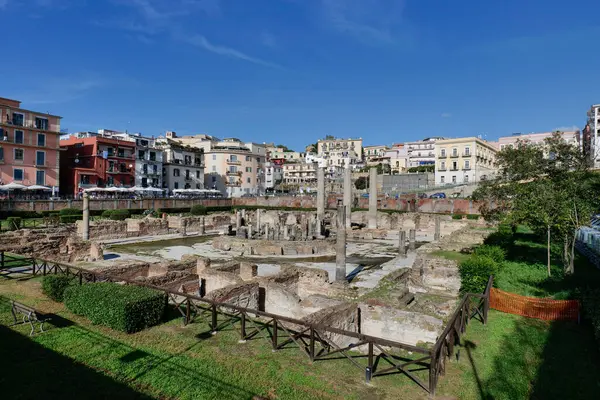
Once the beating heart of the Roman Empire, these sprawling ruins contained the temples, courts, and markets that governed the ancient world. The Via Sacra still winds through crumbling columns and foundation stones where Julius Caesar once walked and Mark Antony delivered his famous funeral oration.
Though much lies in ruins, enough remains standing to imagine the grandeur when this was the center of civilization. The Arch of Titus and Temple of Vesta anchor the site with their impressive preservation.
Like Travel Pug’s content? Follow us on MSN.
Vatican Museums

Housing one of the world’s greatest art collections, these museums stretch across 54 galleries covering four miles of corridors. The Sistine Chapel alone justifies the visit—Michelangelo’s ceiling frescoes and Last Judgment remain as breathtaking today as when first unveiled.
The Raphael Rooms showcase Renaissance perfection, while the Gallery of Maps displays 16th-century cartographic artistry across entire walls. Plan for at least half a day, since rushing through diminishes the experience considerably.
St. Peter’s Basilica
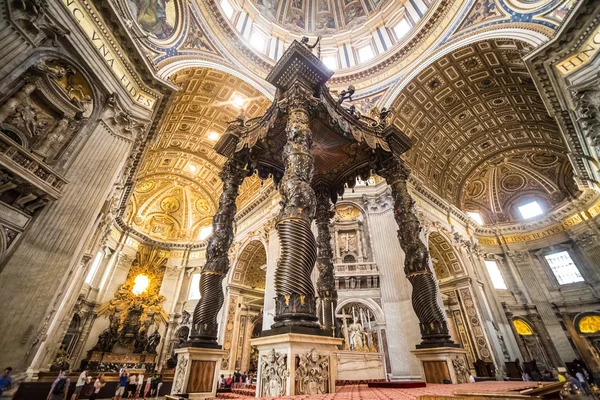
Michelangelo’s dome rises 448 feet above the marble floors of Christianity’s most important church, creating an interior space that dwarfs visitors approaching the main altar. Bernini’s bronze baldachin towers 95 feet high yet appears modest beneath the massive dome overhead.
The Pietà—Michelangelo’s only signed work—sits protected behind bulletproof glass, though its emotional power transcends any barrier. Climbing the dome requires 551 steps but rewards climbers with unparalleled views across Rome.
Pantheon
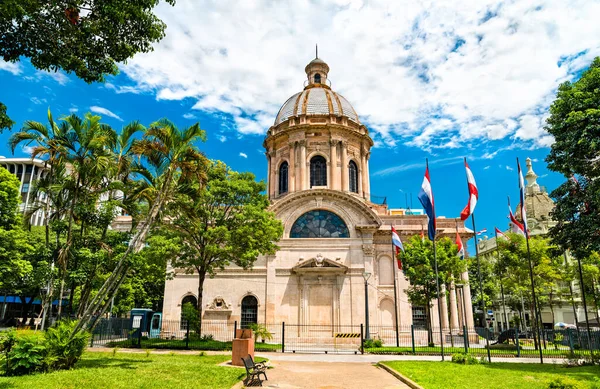
The best-preserved Roman building still standing, this 1,900-year-old temple demonstrates engineering genius that modern architects study today. Its concrete dome—still the world’s largest unreinforced concrete dome—features a 27-foot opening at the top that creates dramatic lighting effects throughout the day.
Rain falls directly through this oculus onto the marble floor, while the interior maintains perfect acoustics for whispered conversations across the vast space. The tombs of Raphael and two Italian kings add historical weight to the architectural marvel.
Like Travel Pug’s content? Follow us on MSN.
Trevi Fountain
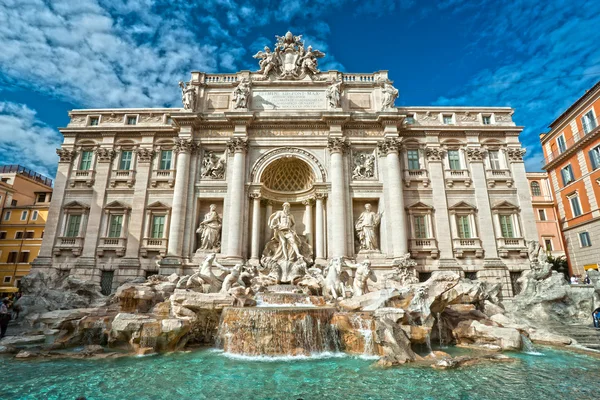
Baroque excess reaches its peak in this theatrical fountain where Neptune’s chariot emerges from artificial cliffs while water cascades over carved marble figures. The tradition of tossing coins over your shoulder ensures your return to Rome—though the city collects over $1.5 million annually from this practice alone.
Early morning visits reveal the fountain’s details without fighting crowds of tourists jockeying for selfie positions. The narrow streets surrounding the fountain create an intimate setting that amplifies the water’s thunderous roar.
Spanish Steps

These 135 travertine steps connect the Piazza di Spagna with the Trinità dei Monti church above, creating one of Rome’s most photographed backdrops since their completion in 1726. The butterfly-shaped staircase widens and narrows as it climbs, designed to accommodate the irregular plot of land between the piazza and hilltop church.
Spring brings azaleas that transform the steps into a floral amphitheater, while any season offers prime people-watching opportunities. The Barcaccia fountain at the base, designed by Bernini’s father, provides a gentle water feature that balances the steps’ dramatic vertical lines.
Castel Sant’Angelo
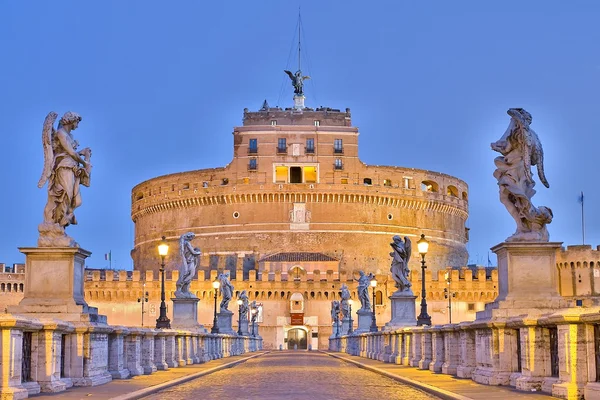
Originally built as Emperor Hadrian’s mausoleum, this cylindrical fortress evolved into a papal refuge connected to the Vatican by a secret elevated corridor. The castle’s strategic position along the Tiber River made it Rome’s key defensive stronghold for over a thousand years.
Inside, Renaissance frescoes decorate papal apartments while ancient Roman foundations support medieval fortifications. The rooftop terrace offers panoramic views across Rome while the bronze statue of Archangel Michael crowns the structure that bears his name.
Like Travel Pug’s content? Follow us on MSN.
Villa Borghese

Rome’s equivalent of Central Park spreads across 200 acres of landscaped gardens, museums, and recreational spaces just north of the Spanish Steps. The Borghese Gallery houses Bernini sculptures and Caravaggio paintings in an intimate villa setting that requires reservations.
Rental bikes and Segways provide efficient transportation between the zoo, several museums, and various garden areas. The Pincio Terrace delivers sunset views across Rome’s rooftops toward St. Peter’s dome in the distance.
Capitoline Hill

The smallest of Rome’s seven hills served as the religious and political center of ancient Rome, where triumphal processions ended at Jupiter’s temple. Michelangelo designed the current piazza layout, including the geometric star pattern in the pavement and the positioning of the Marcus Aurelius statue at its center.
The Capitoline Museums on either side contain ancient Roman sculptures and artifacts, including the original Marcus Aurelius statue and the she-wolf sculpture that symbolizes Rome’s founding myth. The views from the back terrace extend across the Roman Forum toward the Colosseum.
Baths of Caracalla
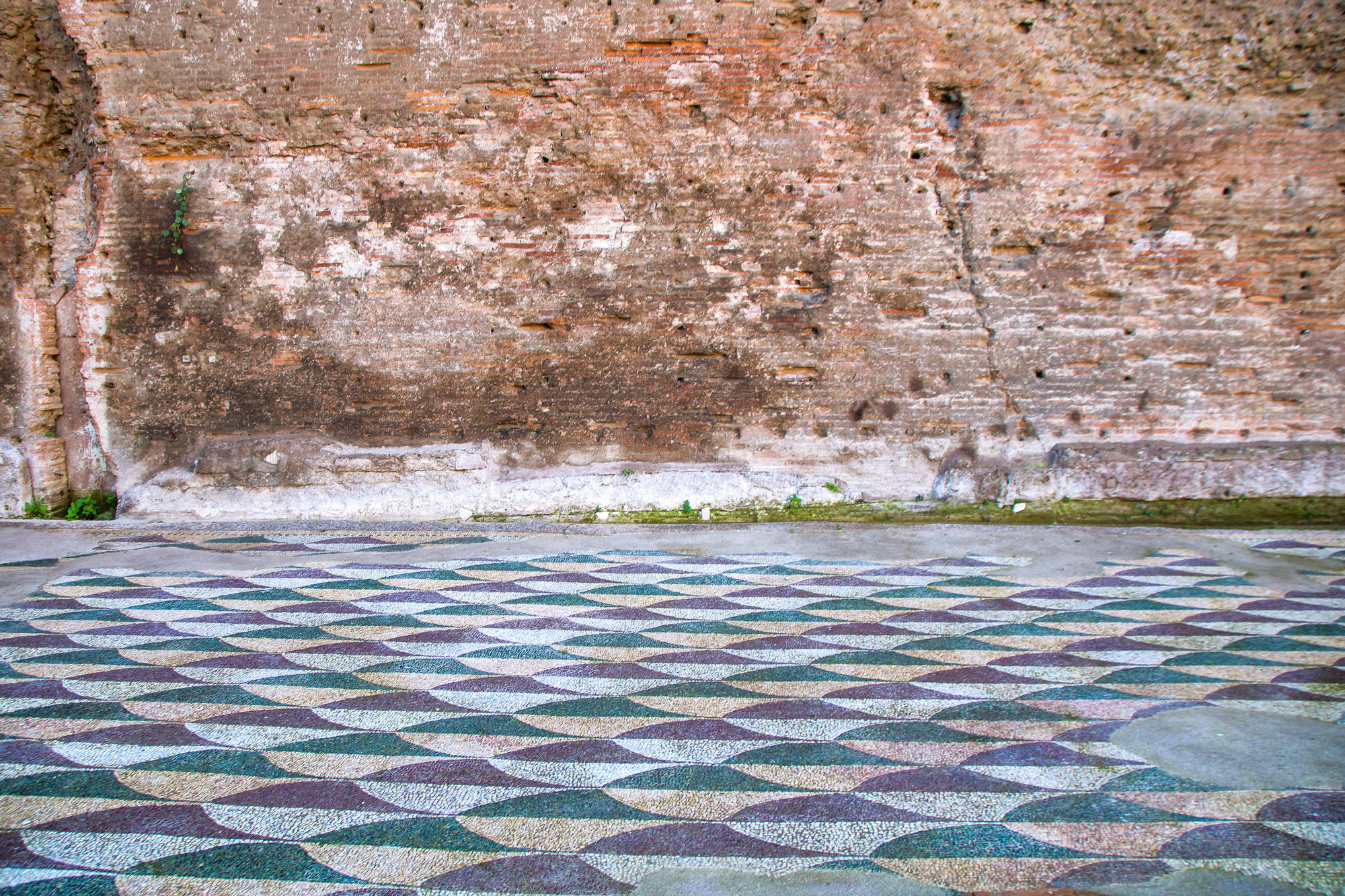
These massive public bath complexes could accommodate 1,600 bathers simultaneously in facilities that included hot and cold pools, gymnasiums, libraries, and gardens. The preserved walls still rise over 100 feet high, giving visitors a sense of the original grandeur when marble covered every surface and mosaics decorated the floors.
Virtual reality tours now reconstruct the baths’ original appearance, showing how Romans turned daily bathing into elaborate social rituals. The site hosts outdoor opera performances during the summer months, utilizing the ancient acoustics for modern entertainment.
Like Travel Pug’s content? Follow us on MSN.
Aventine Hill
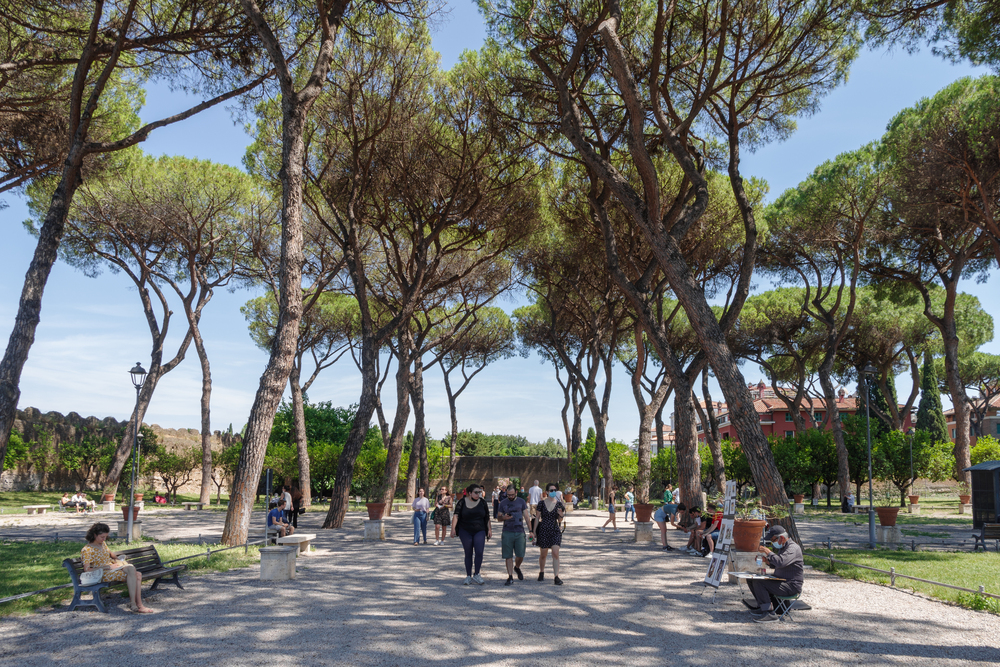
This residential hill offers respite from tourist crowds while providing some of Rome’s most romantic viewpoints and hidden gems. The famous keyhole at the Knights of Malta gate perfectly frames St. Peter’s dome through a garden archway, creating one of Rome’s most Instagram-worthy shots.
The Orange Garden (Parco Savello) provides sunset views across the Tiber toward Trastevere and the Vatican. Santa Sabina church represents some of Rome’s finest early Christian architecture, with original 5th-century wooden doors.
Trastevere
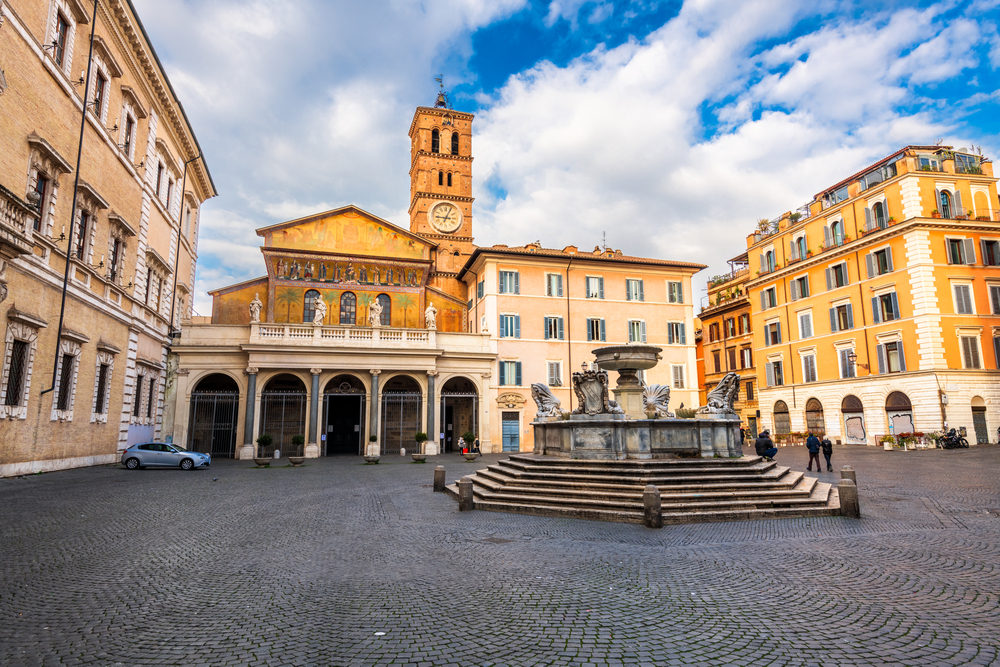
This bohemian neighborhood across the Tiber maintains its medieval character through narrow cobblestone streets lined with ivy-covered buildings and traditional trattorias. Santa Maria in Trastevere features some of Rome’s most beautiful medieval mosaics, while the neighborhood’s piazzas come alive at night with locals and tourists enjoying aperitivo culture.
The Sunday morning Porta Portese flea market stretches for miles along the riverbank, offering everything from antiques to vintage clothing. Trastevere represents authentic Roman neighborhood life away from the major tourist circuits.
Palazzo Altemps

This Renaissance palace houses one of Rome’s finest collections of ancient sculptures in elegantly restored rooms that complement rather than compete with the artworks. The Ludovisi Throne and the suicide of a Gallic warrior rank among the museum’s masterpieces, displayed in settings that allow intimate viewing impossible in larger museums.
The palace courtyard provides a peaceful break from Rome’s street noise while frescoed ceilings demonstrate 16th-century artistic techniques. The museum’s smaller size makes it digestible in a few hours without the fatigue that accompanies larger institutions.
Like Travel Pug’s content? Follow us on MSN.
San Clemente Basilica

This unique church reveals Rome’s layered history through three distinct levels built atop each other across centuries. The current 12th-century church features magnificent medieval mosaics and a preserved schola cantorum from earlier periods.
Below lies a 4th-century basilica with faded frescoes depicting early Christian scenes and saints’ lives. The lowest level contains a 1st-century Mithraic temple where Roman soldiers once worshipped, complete with an altar and underground stream.
Ostia Antica
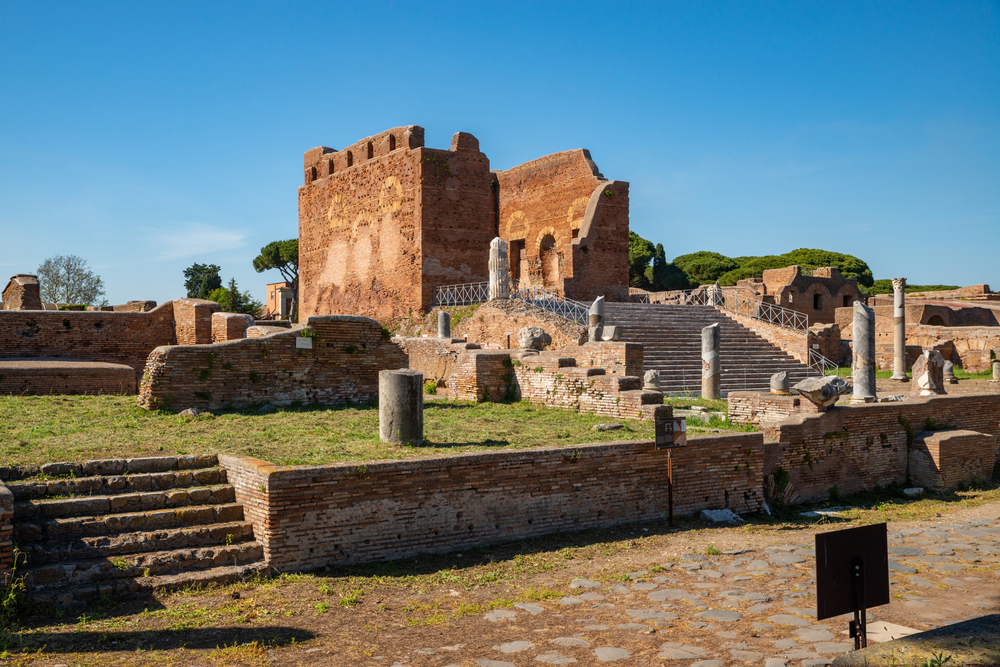
Rome’s ancient port city, now 15 miles inland due to centuries of river silt, preserves an entire Roman town in remarkable condition. The amphitheater, baths, apartment buildings, and shops create a complete picture of daily life in imperial Rome without the crowds that swarm the Forum.
Intricate mosaics depicting maritime themes cover floors throughout the site, while the theater still hosts performances during the summer months. The site’s size requires several hours to explore properly, but the preserved streets and buildings offer unparalleled insight into ancient urban planning.
Palazzo Massimo

Part of the National Roman Museum, this palace displays some of Rome’s finest ancient frescoes and sculptures in a beautifully restored 19th-century building. The garden frescoes from Villa di Livia transport visitors to an ancient Roman garden paradise through impossibly detailed botanical paintings.
The Boxer of Quirinal and the Sleeping Hermaphrodite demonstrate the height of Roman sculptural achievement in a setting that allows close examination. The museum’s focus on everyday objects—jewelry, coins, household items—humanizes ancient Rome beyond its monumental architecture.
Like Travel Pug’s content? Follow us on MSN.
Walking Through Eternity
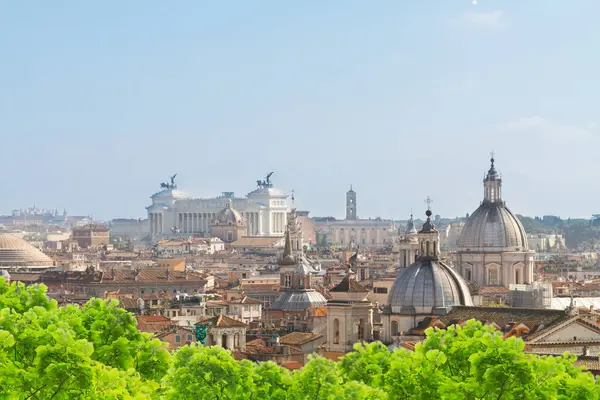
These seventeen attractions barely scratch the surface of what Rome offers, yet they provide a comprehensive introduction to the city’s incredible historical depth. Each site represents a different aspect of Roman civilization, from imperial grandeur to intimate neighborhood life.
The beauty of Rome lies not just in its monuments but in how they connect across centuries, creating an urban fabric where past and present interweave seamlessly. Every step through the Eternal City reveals new layers of human achievement and cultural continuity.
More from Travel Pug

- 20 Best Beach Towns in the Carolinas
- 13 Destinations Where Tourists Regularly Regret Their Trip
- 20 Things You Actually Get in First Class
- 20 Small Airports With Aviation Museums
- 20 Places in the U.S. That Are Perfect for a Reset Trip
Like Travel Pug’s content? Follow us on MSN.
